Who could have imagined 20 years ago we could have our own crystal turned into a kitchen countertop? Truth is that with the advance of technology in the stone industry, mining and polishing we were able to explore mother nature at most. About 20 years ago, gang saws were unable to cut a block of crystal in Brazil therefore the main product you could find to fit your projects were granite, marble and some quartzites. Nowadays with the invention and enhancement of a diamond multi-wire saw machine and some specific types of abrasives for polishing, the crystals era has been finally defined. We have been experiencing a huge demand for this kind of stone each and every day and the whole supply versus demand story is always scaling heavily to the demand side.
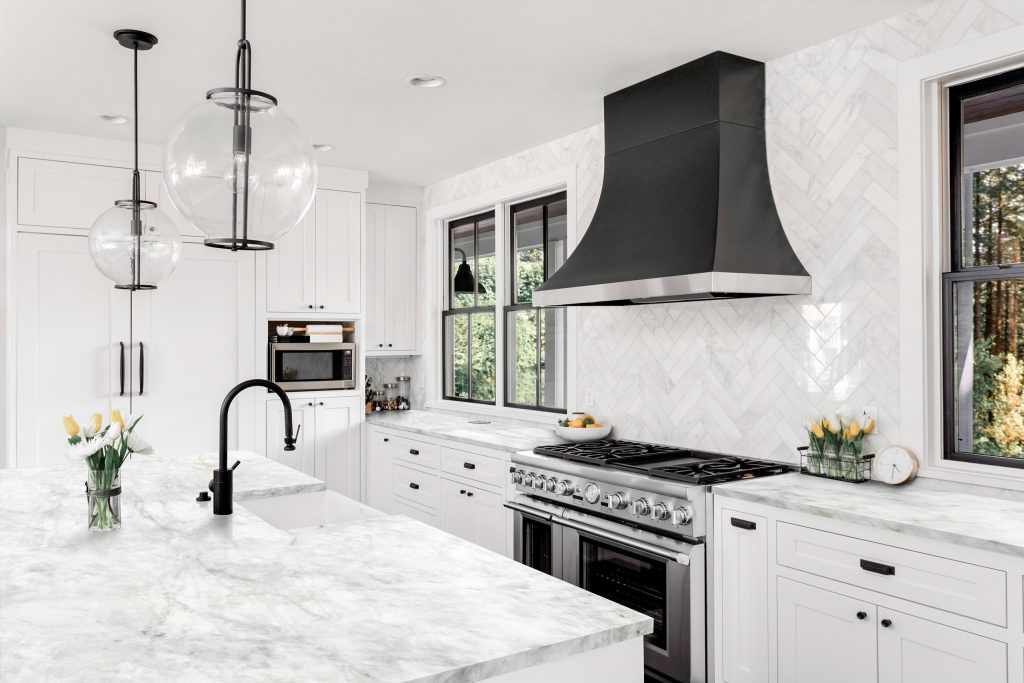
CRISTALO SMOKE KITCHEN COUNTERTOPS
How crystals are find in nature?
The Brazilian territory is known for its huge natural resource diversity, specifically when speaking of natural stones. It is with no shadow of doubt the country with the most vast crystal formations in the whole world. While Italy is known for its marble we can contextualize Brazil as being a new trend for Crystals but the big question is: How are they found in nature? Well, there are two types of crystal formations: boulder or quarry. There are a few quarries of crystals found in nature; a quarry is a huge portion of stone all together that mostly have kilometres of diameter while a boulder is a small portion of stone that is found stuck inside the earth, there may be lots of boulders in the same area or there may be only a couple, the natural stone universe is literally a box of surprises, you can never get bored, gotta love that! These formations are predominantly found in the states of Bahia, Minas Gerais, Ceara, Sergipe and Sao Paulo, but there may be other states with this formation that have not been yet discovered.
Purity of crystals
How would I know what’s a pure crystal? When you’re buying a diamond ring you would need to check if there are any dirt spots inside the gem, right? Well in the natural stone slab universe the logic goes a little different; some may think that rust or brown spots classify it as bad or “second grade” but what truly makes the difference is the crystal plots and 3D movement in the background of the stone. A Crystal plot is a very defined line yet wild traced horizontally, diagonally or vertically that appear all over the stone’s background formation. You may have a complete rust and brown Crystal with this formation and this would be “top notch”! Also, you may check the background color of the crystal, they vary from being milky white to crystally off white to complete white “turn off the lights please”! The whiter, the best, of course! Now that you have this clear on your mind, how about roll up your sleeves and get your crystal shopping going? To make it easier, here’s a picture of a plot of Crystal mentioned above.
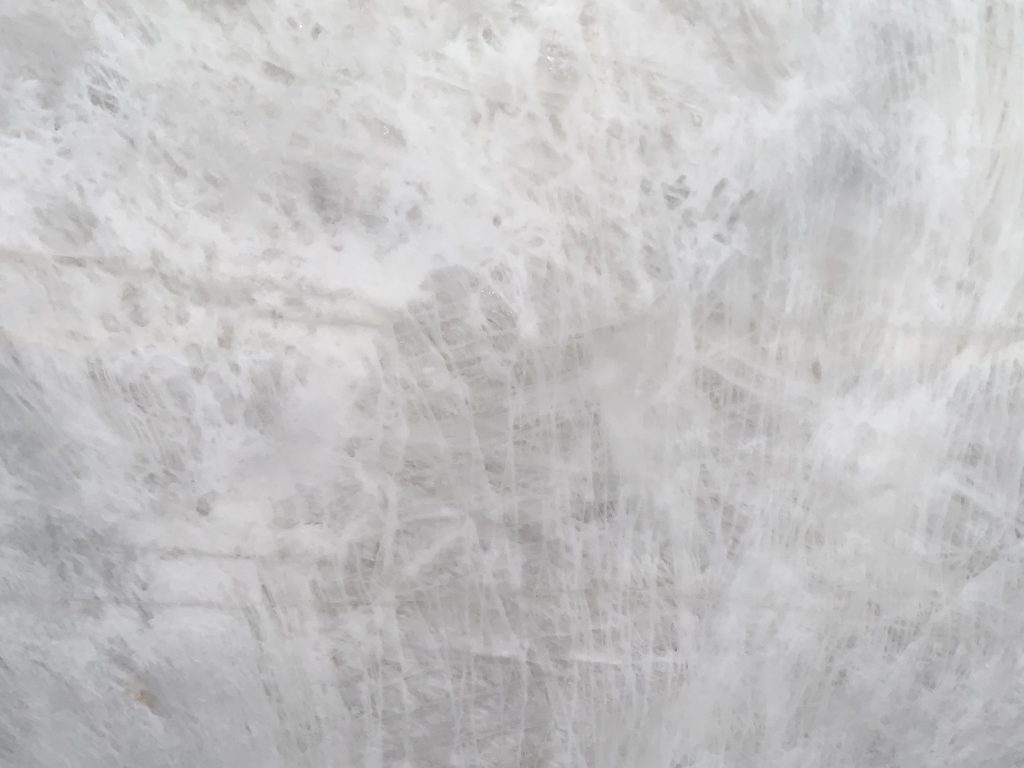
PLOT OF WHYTE CRYSTAL
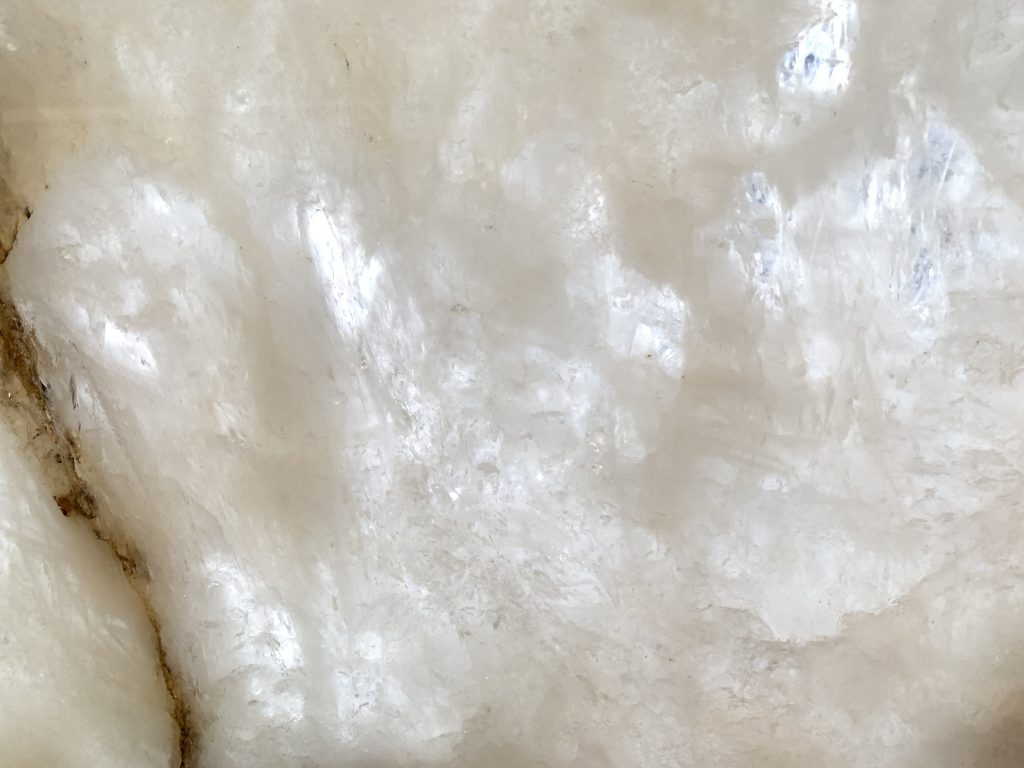
PLOT OF SUNSHINE CRYSTAL
Curious fact is that the best architects and designers have understood the crystal plot vs rarity and there has been created a huge desire demand towards this kind, the sad part is that not every designer or distributor of natural stone realized that, knowledge really defines in this case and it’s worth literally millions. It’s never too late though, if you’re a reader and found that this information has changed your crystal concept, please do write us letting us know, we’d love to hear your feedback.
Applicability
Crystals are the type of stones that you gather the most of everything put on a bowl and voila, you get the perfect material for any environment. It is suitable for external and internal environment due to its dense characteristic, this stone is a non-porous surface meaning it is etching resistant. With all that being said, you could use this stone EVERYWHERE, kitchen countertops, wet areas, vanity tops, kitchen islands, floors, bathroom and shower walls, living-room, fireplace, restaurants, fancy hotel lobby, office meeting table. To Illustrate that, how about some applications to inspire you? Scroll down to fall in love.
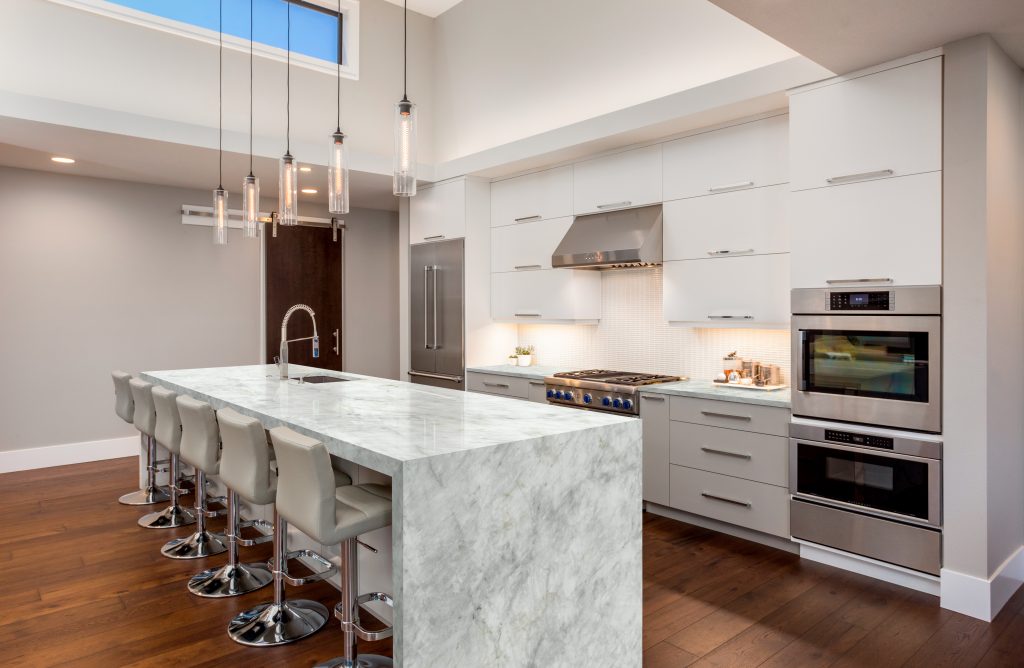
CRISTALO SMOKE KITCHEN ISLAND
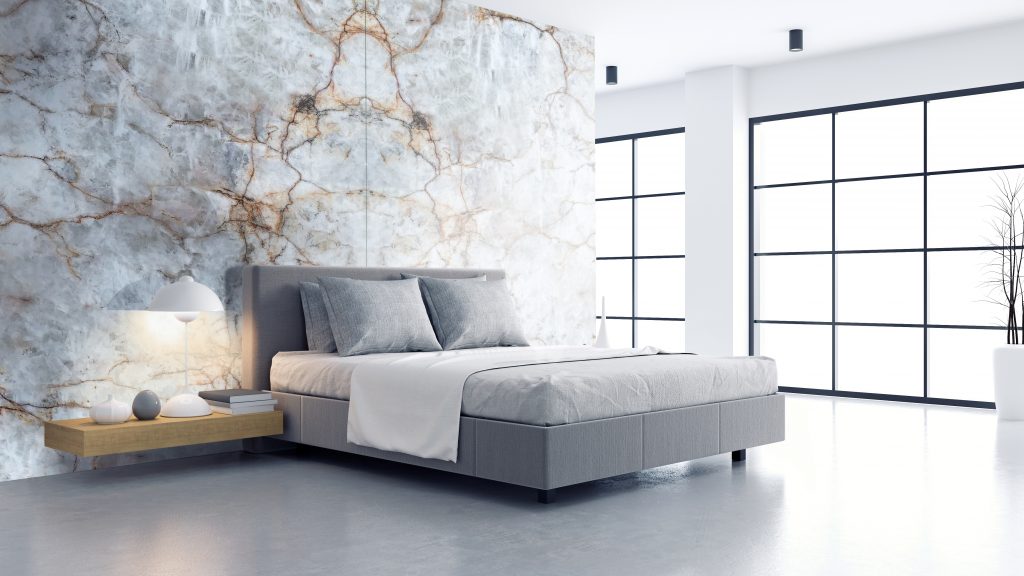
SUNSHINE CRYSTAL BEDROOM WALL
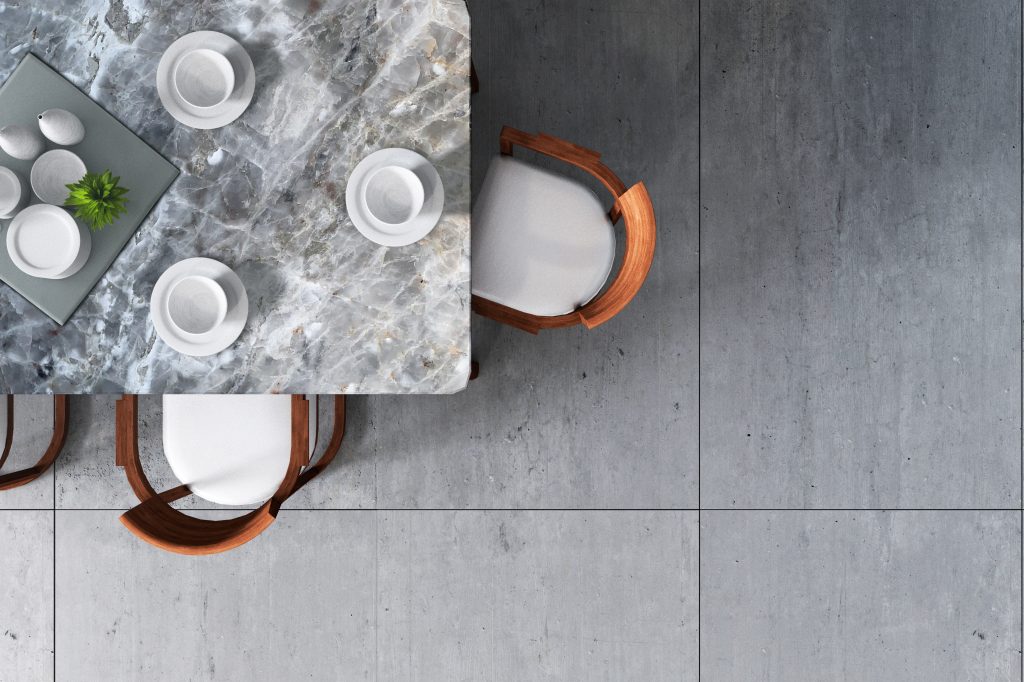
CRYSTAL LAKE TABLE
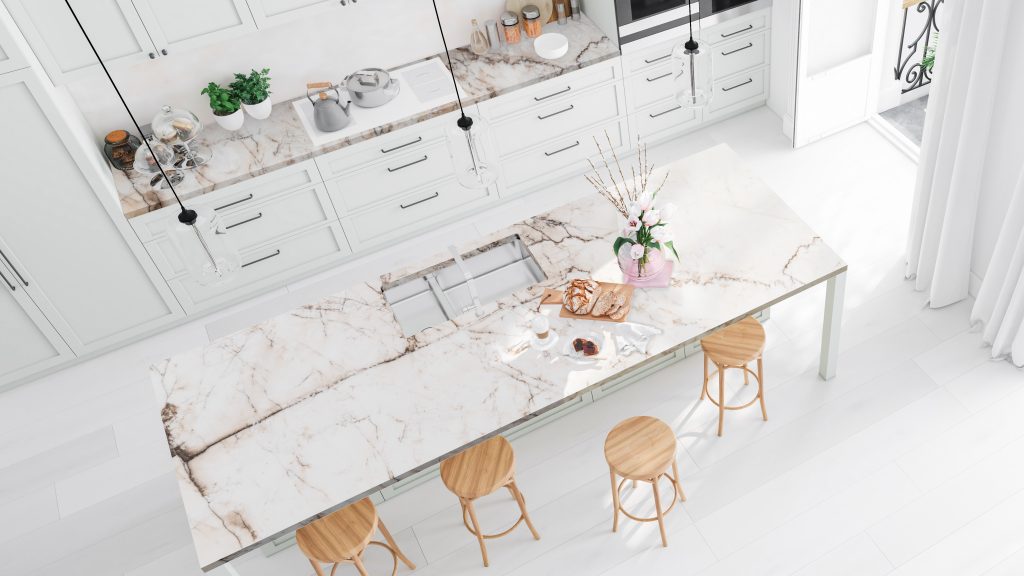
STATUARIO CRYSTAL KITCHEN ISLAND AND COUNTERTOP
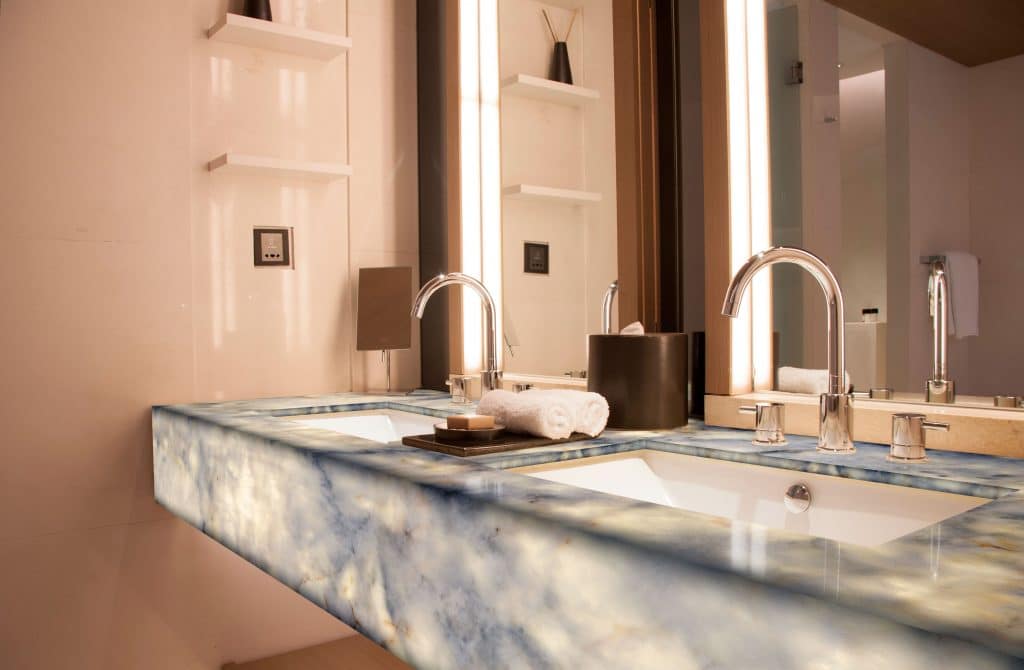
CRISTALO SMOKE TRANSLUCENT BATHROOM COUNTERTOP
Pantone of colors in crystals
So when you think of a Crystal, your head immediately thinks of a diamond ring, am I right? But one thing you need to know is that the natural stone slab universe is a bit different than the gem jewelry universe. Although some of these crystals might look extremely white and pure, others have shades and movements running through the slab, and hold on there, that doesn’t necessarily mean it’s a bad thing. When you get a super cool project from a top designer or architect they may quote crystal as one of the options and it’s not every day you find the purest crystal, those kinds tend to be very rare and therefore more expensive. What I really want you to do it is to think outside the box, a Crystal filled with a brown movement and other shades may look even better in a project than a pure one. To make my point, bellow we have a mock up application of a backlit pure crystal and a Statuario Crystal bar top for your final verdict. Restaurants are super amazing to explore your creative side and any ultra modern project that fits a crystal concept. These other kinds look amazing in a variety of projects and I dare all designers and architects readers to picture them in their next project. The types of Crystals we work are Crystal, Cristalo Smoke, Crystal Lake, Sunshine Crystal and Statuario Crystal.
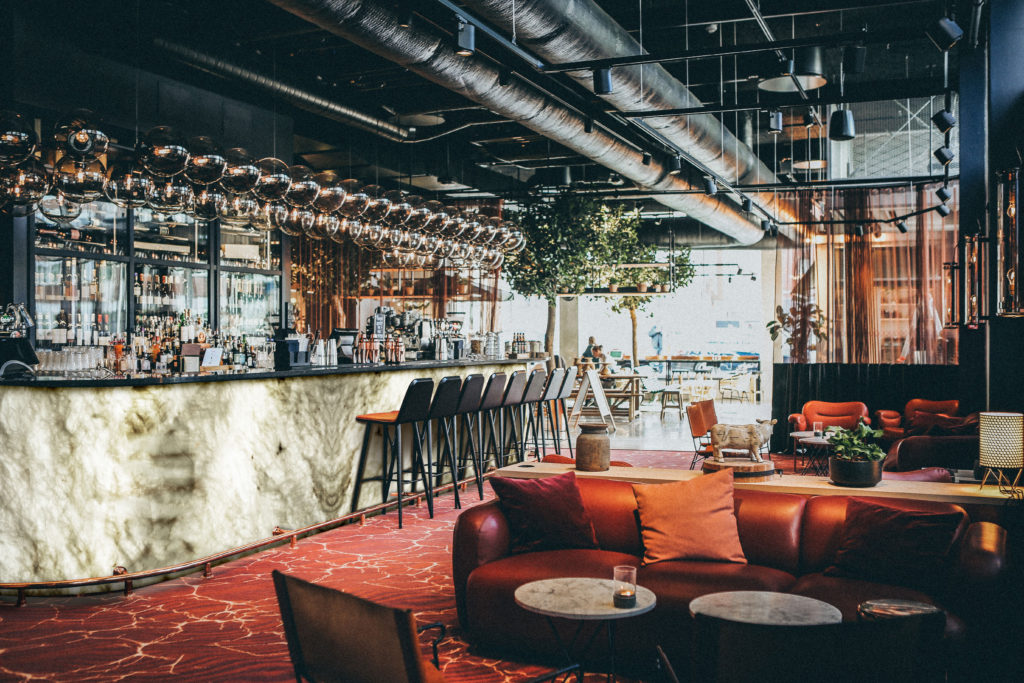
CRYSTAL BACKLIT BAR TOP
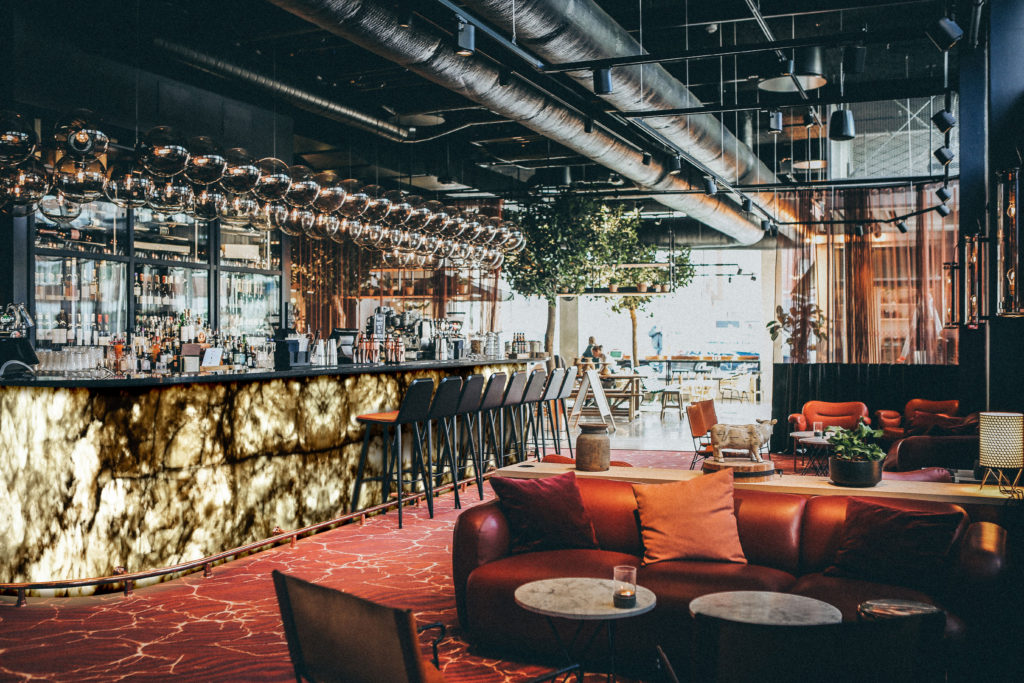
STATUARIO CRYSTAL BACKLIT BAR TOP
Boulder or quarry crystal, how would I know the difference?
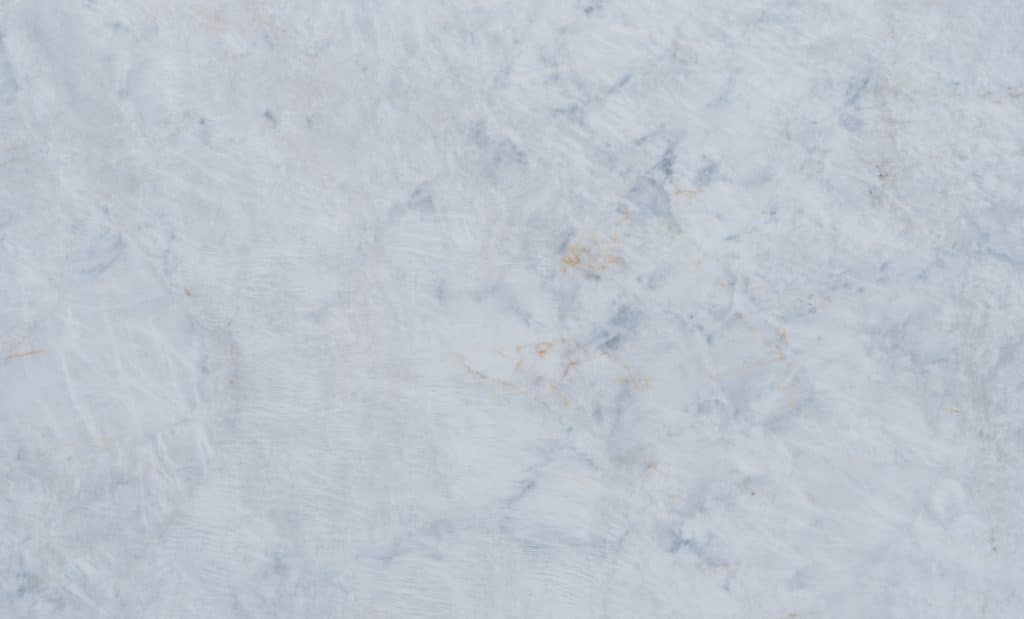
QUARRY CRYSTAL
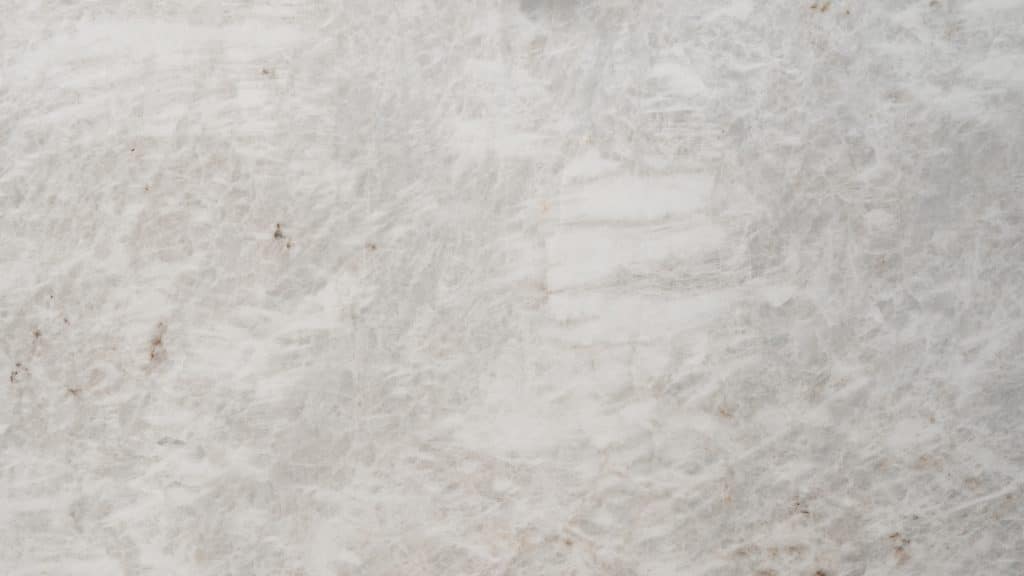
BOULDER CRYSTAL
Curiosity
Curious fact folks is that these type of stones are rare to find in nature, quarries of granite or quartzites that are more popular stones. They have hundreds of kilometres of diameter and they are usually very big compared to crystals quarries or boulders. The analogy you can make is to shop for a diamond versus to shop for a zirconia. The rare to find is always more expensive, luxurious and legendary but it is also an unique extremely priceless option that will make you experience a whole nother level of architecture. Watch the video we made illustrating every detail you must know about Crystals. Remember to subscribe to our youtube channel to receive more tips like these. Cheers!